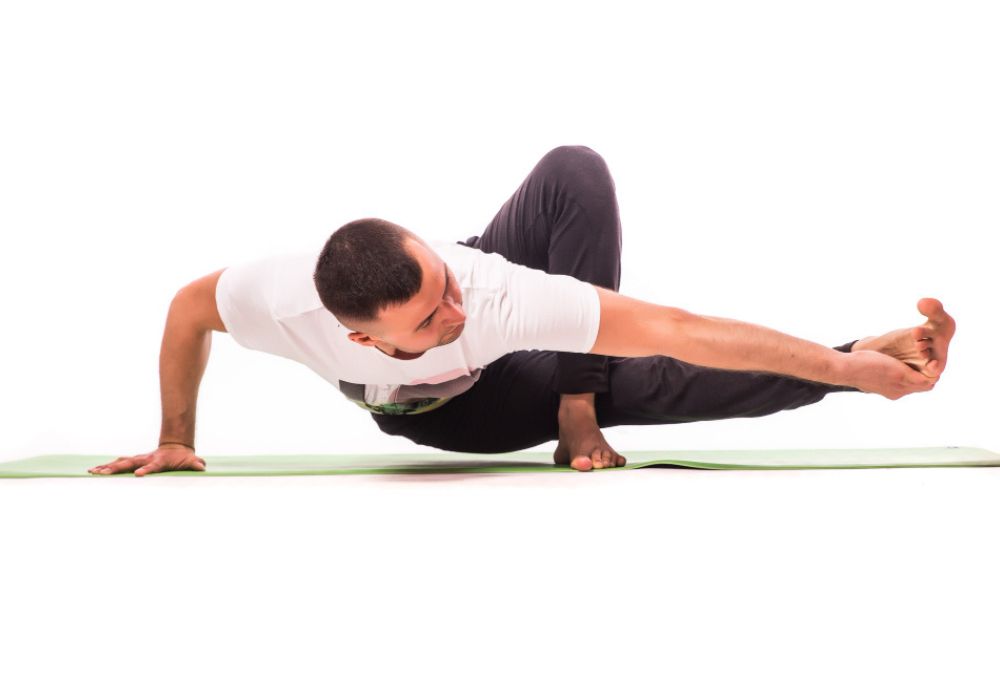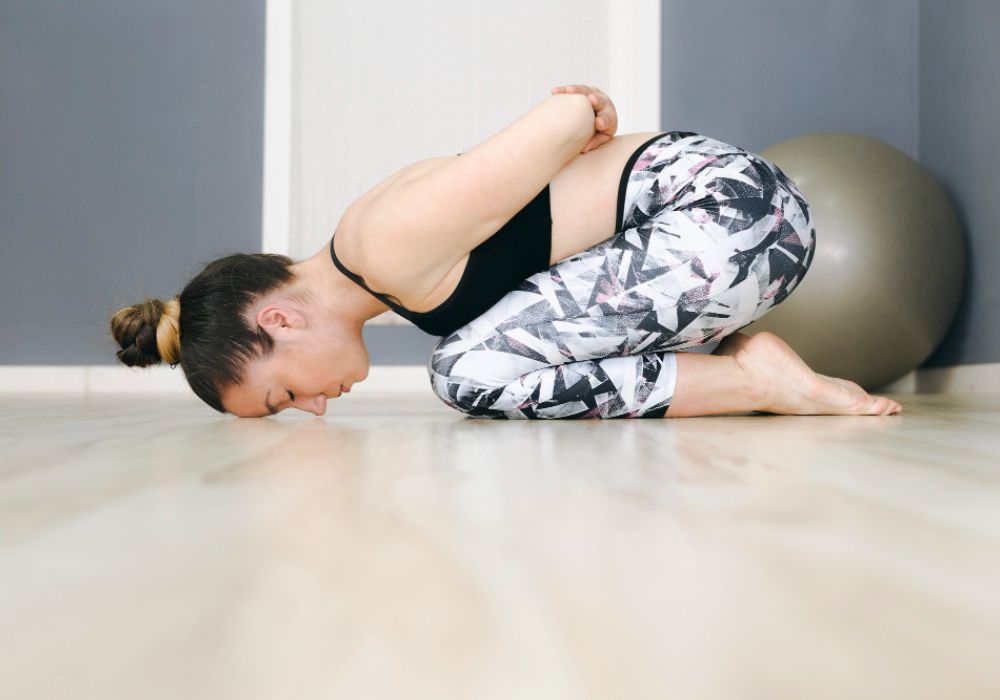Kegel exercises, named after Dr. Arnold Kegel who popularized them in the 1940s, are simple yet powerful contractions of the pelvic floor muscles. These muscles form a supportive sling or at the base of the pelvis, holding up organs like the bladder, uterus (in women), prostate (in men), and rectum. While often associated with urinary incontinence, Kegels play a significant role in intimate health by enhancing muscle tone, blood flow, and control in the pelvic region.
Understanding the Pelvic Floor Muscles
The pelvic floor consists of layers of muscles, ligaments, and connective tissues stretching from the pubic bone at the front to the tailbone at the back, and between the sit bones on the sides. Key muscles include the pubococcygeus, puborectalis, and iliococcygeus, collectively known as the levator ani group. In men, these muscles surround the base of the penis and anus; in women, they encircle the vagina, urethra, and anus.
A common diagram depicts the pelvic floor as a diamond-shaped structure or a “bowl” supporting the pelvic organs. For instance, imagine a cross-sectional view of the pelvis where the muscles are shown in red, forming a hammock that lifts upward during contraction. Such illustrations often highlight the anococcygeal ligament connecting the anus to the coccyx, emphasizing how these muscles maintain continence and support during intimate activity. Weak pelvic floor muscles can lead to issues like erectile dysfunction, reduced orgasm intensity, or vaginal laxity, while strong ones enhance intimate function.
Benefits for Intimate Health
Kegel exercises strengthen the pelvic floor, improving blood circulation, muscle endurance, and neuromuscular control. For both genders, this can lead to heightened intimate pleasure and better control during intercourse.
For Men
Improved Erectile Function: Stronger pelvic muscles support better blood flow to the penis, helping maintain erections and potentially alleviating erectile dysfunction.
Control Over Ejaculation: Kegels can help manage premature ejaculation by increasing awareness and control of the bulbocavernosus muscle, involved in ejaculation.
Enhanced Orgasms: Tighter contractions can intensify sensations during climax.
Other benefits include reduced post-prostatectomy incontinence, which indirectly boosts confidence in intimate activities.
For Women 
Increased Vaginal Tone: Strengthens muscles for better grip during intercourse, potentially improving satisfaction for both partners.
Better Orgasms: Enhanced muscle control can lead to stronger, more frequent orgasms by improving sensitivity.
Postpartum Recovery: Helps restore pelvic strength after childbirth, reducing issues like prolapse that affect intimate health.
Additional perks include managing conditions like painful intercourse due to hypertonic muscles via relaxation techniques.
Overall, regular Kegels can improve intimate gratification, with studies showing benefits in reducing prostate pain and enhancing pompoir (vaginal muscle control) in women. Results may appear in 4-12 weeks with consistent practice.
How to Identify the Pelvic Floor Muscles
Before starting, locate the correct muscles to avoid straining others. Common methods:
- Stop Urine Flow: While urinating, try to stop or slow the stream mid-flow. Feel the muscles tighten—this is your pelvic floor. Do this only as a test (once a week max) to prevent urinary tract issues.
- Prevent Gas Passage: Imagine stopping flatulence; the tightening around the anus engages the posterior pelvic floor.
- Finger Test: For women, insert a clean finger into the vagina and squeeze—feel the walls tighten. For men, insert a finger into the rectum and contract—sense the lift.
- Mirror Check (Men): Observe the base of the penis retract slightly inward and the scrotum lift during contraction.
Diagrams often show arrows indicating the upward lift, with labels for the urethra, vagina/penis, and anus to illustrate isolation.
Step-by-Step Guide to Basic Kegel Exercises
Start in a comfortable position like lying down with knees bent, progressing to sitting or standing. Breathe normally—inhale to relax, exhale to contract. Avoid holding your breath or tensing abdomen, thighs, or buttocks.
For Both Men and Women
- Empty Your Bladder: Ensure it’s empty to avoid discomfort.
- Contract: Tighten the pelvic floor as if stopping urine and gas simultaneously. Hold for 3-5 seconds (beginners start at 3).
- Relax: Fully release for 3-5 seconds, feeling the muscles drop.
- Repeat: Do 10 repetitions per set, 3 sets daily.
- Progress: Increase hold to 10 seconds, add more reps (up to 15), and incorporate into daily activities like brushing teeth.
Visualize a diagram where the pelvic floor is shaded, with contraction shown as the muscles pulling upward (like lifting a marble) and relaxation as lowering.
Specific for Men
- Sit forward in a chair or lie on your side.
- Tighten around the base of the penis (shorten it inward) and anus.
- Hold 2-10 seconds, relax 5-10 seconds.
- Repeat up to 12 times, 3x daily. Mirror visuals show penis retraction and scrotum lift.
Specific for Women
- Lie down or sit.
- Squeeze as if holding in urine, feeling a pull in the vagina and rectum.
- Hold 3-5 seconds, relax equally.
- Use tools like vaginal cones for added resistance if needed.
Illustrations typically depict a side-view of the female pelvis with muscles contracting to support the bladder.
Variations and Advanced Exercises
- Once basics are mastered (after 4-6 weeks), try these:
- Quick Flicks: Rapid 2-3 second contractions, 10-20 reps, for endurance.
- Reverse Kegels: Focus on relaxation—gently push down as if starting urination, holds 5 seconds, to release tension.
- Bridge with Kegel: Lie on back, lift hips into bridge, contract pelvic floor at top. Hold 5 seconds, lower. 10 reps. Diagram shows glute and pelvic activation.
- Bird Dog: On all fours, extend opposite arm and leg while contracting. 10 reps/side. Enhances core integration.
- With Tools: Biofeedback devices or weighted cones provide feedback; apps or therapists can guide.
For intimate health, practice during masturbation to build control.
Common Mistakes and How to Avoid Them
Using Wrong Muscles: Tensing abs or glutes—solution: Isolate with finger test or biofeedback.
Overdoing It : Too many reps lead to fatigue or tightness—stick to 3 sets/day.
Holding Breath: Breathe freely to prevent strain.
Inconsistent Practice: Set reminders; track progress.
Stopping Mid-Urine Often: Risks infection—limit to tests.
If pain occurs, stop and consult a professional.
Frequency and Building a Routine
Aim for 3 sets of 10-15 reps daily, spreading throughout the day. Integrate into routines: do them during commutes or TV time. Track in a journal; expect full benefits in 3-6 months. For intimate health, practice 3-5 days/week, combining with cardio for better circulation.
Precautions and When to Seek Help
Kegels are safe for most, but consult a doctor if you have pelvic pain, recent surgery, or conditions like prolapse. Not ideal if muscles are overly tight—focus on relaxation first. Pregnant women should get approval. See a pelvic floor therapist if no improvement in 3 months or for biofeedback/electrical stimulation.

